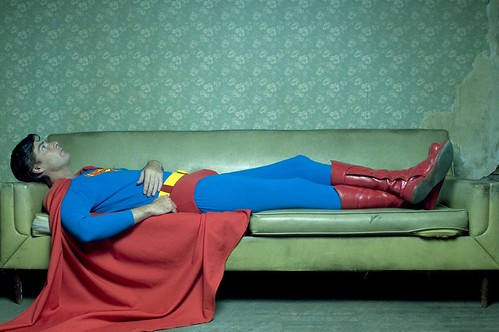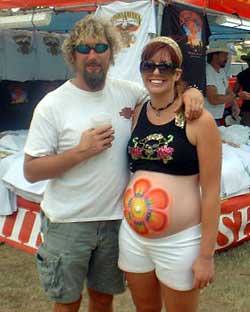The sexual strategies theory (SST) Buss & Schmitt (1993) has been very influential in a number of fields including anthropology, social psychology and attachment theory. In recent years it has impacted areas such as these in a profound way.
It is based on a feature of human biology.
Men are able to reproduce their genes with as little investment as a few minutes and a few sperm
For women the cost is much higher involving years including gestation, lactation and childcare.
This asymmetry has resulted in different sex specific strategies for achieving reproductive success.
The mating behaviors seen today reflect the psychological mechanisms that evolved to solve specific adaptive problems faced by each sex. Unlike many female primates who has obvious sexual swellings to signal fertility in human females ovulation is concealed. Ancestral males had to therefore solve the problem of how to identify fertile partners. Given that female fertility declines with age, youth is one possible clue.
Another is physical attractiveness, the markers of which are hypothesized to correlate with health. In theory, the ancestral solution to the male problem of identifying fertile partners was an evolved preference for young and attractive mates. In addition the relatively small investment required for gene replication supposedly resulted in the male preference for multiple partners.
The situation is different for human females in that every sexual encounter is potentially quite costly and as a consequence she is far more cautious and choosy. The problem for ancestral females is to find a mate who possess the resources and was willing to commit to her and her offspring. According to SST, the most favorable female strategy is to hold out for one high status male who will provide for her and her children.
SST acknowledges that males and females can alter their strategies under certain conditions. A man can agree to long term mating in order to obtain a high value mate. A woman may accept a short term mating arrangement in order to extract needed resources.
According to SST mate selection is inherently strategic. Men and women are equipped with specific mate choice mechanisms that guide them to the best available mates. The male will look for the young attractive female and the female will look for the male with status, ambition and resources.
Since SST has been presented there have been literally hundreds of studies done to test its validity. Most notably one involving 10,000 people in 37 different cultures, located on six continents. The results have have been supportive of the theory.
-----------------------------
This for some is a very controversial theory and to my mind there are some difficulties with it.
This theory will be assessed and some of the difficulties with it articulated in the workshop below. However it does have implications for how men and women view some aspects of sex differently. Sexual difficulties or perhaps difficulties as a result of miscommunication about sex are discussed and provide the counsellor with important information to use with clients.
Graffiti






